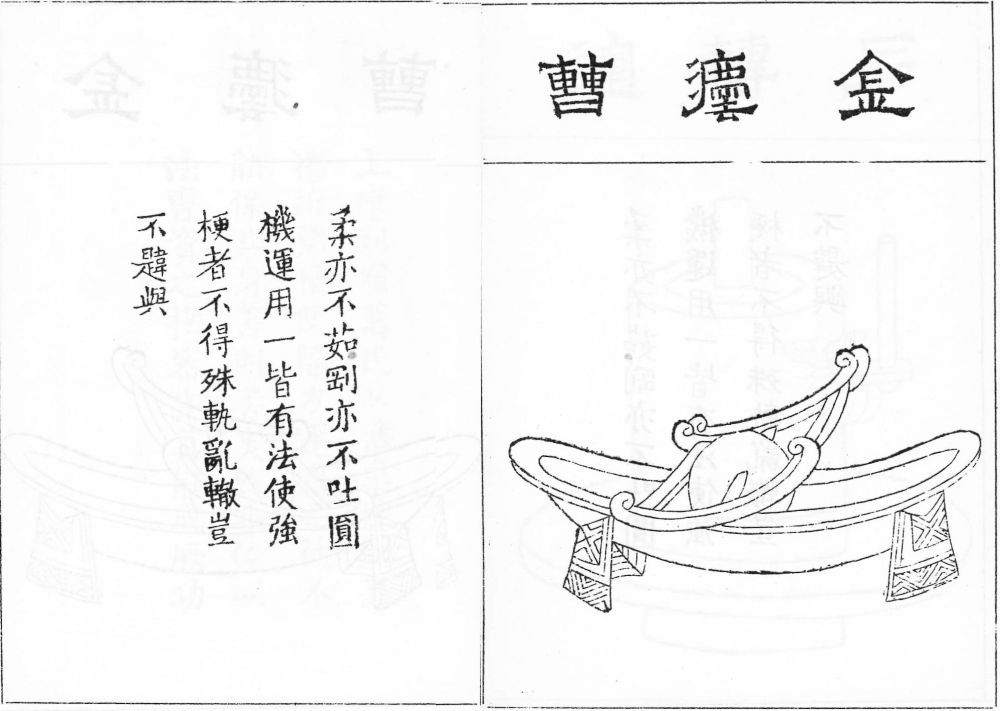Chaju tuzan 茶具圖贊 is an illustrated book on tools for the preparation of tea. It was compiled during the late Song period 宋 (960-1279) by a person dubbed Shen'an Laoren 審安老人, who was perhaps identical with Dong Zhenqing 董真卿, who is usually called a Yuan-period 元 (1279-1368) master, who wrote a commentary on the Classic Yijing 易經 "Book of Changes", Zhouyi huitong 周易會通, and whose studio name was Shen'an Shushi 審安書室.
The short book describes twelve different tools in the shape of "praises" (zan 贊) accompanying detailed images. The images show, with the particular designations in imitation of personal names, courtesy names and official ranks (Chaju shi'er xiansheng xingming zihao 茶具十二先生姓名字號),
| 韋鴻臚 | Minister of Dependencies Wei | stove |
| 木待制 | Mu, Academician Awaiting Instructions | mortar |
| 金法曹 | Jin, Administrator of the Law Section | grinder |
| 石轉運 | Transport Commissioner Shi | mill |
| 胡員外 | Vice Director Hu | scoop for ladling hot water |
| 羅樞密 | Military Affairs Commissioner Luo | sieve |
| 宗從事 | Gentleman for Attendance Zong | swab |
| 漆雕密(=祕)閣 | Qidiao from the Imperial Archives | tea bowl |
| 陶寶文 | Tao from the Hall of Treasuring Culture | tea cup |
| 湯提點 | Superintendent Tang | teapot |
| 竺副帥 | Vice Commander Zhu | brush |
| 司職方 | Director of Operations Si | towel |
The language of the text demonstrated that it was written by a highly educated person familiar with the administrative terminology of the time. An optical and technical modernization of the text was carried out during the Ming period 明 (1368-1644) by Mao Yixiang 茅一相. It is included in the series Xinshangbian 欣賞編 and Congshu jicheng chubian 叢書集成初編.
 |
The "praise" has actually nothing to do with the grinder, but points at the medical functions of tea that resemble the Minister of Justice (facao) who brings back into order public life. The text roughly goes: "Even if [tea] is soft, it does not stink (or cause foul-smelling breath), and even if it is stringent, it does not cause nausea. For all cases [of illness and indisposition] it has a [positive] effect and brings everything back into its tracks and into orderliness. Is this not excellent?" |